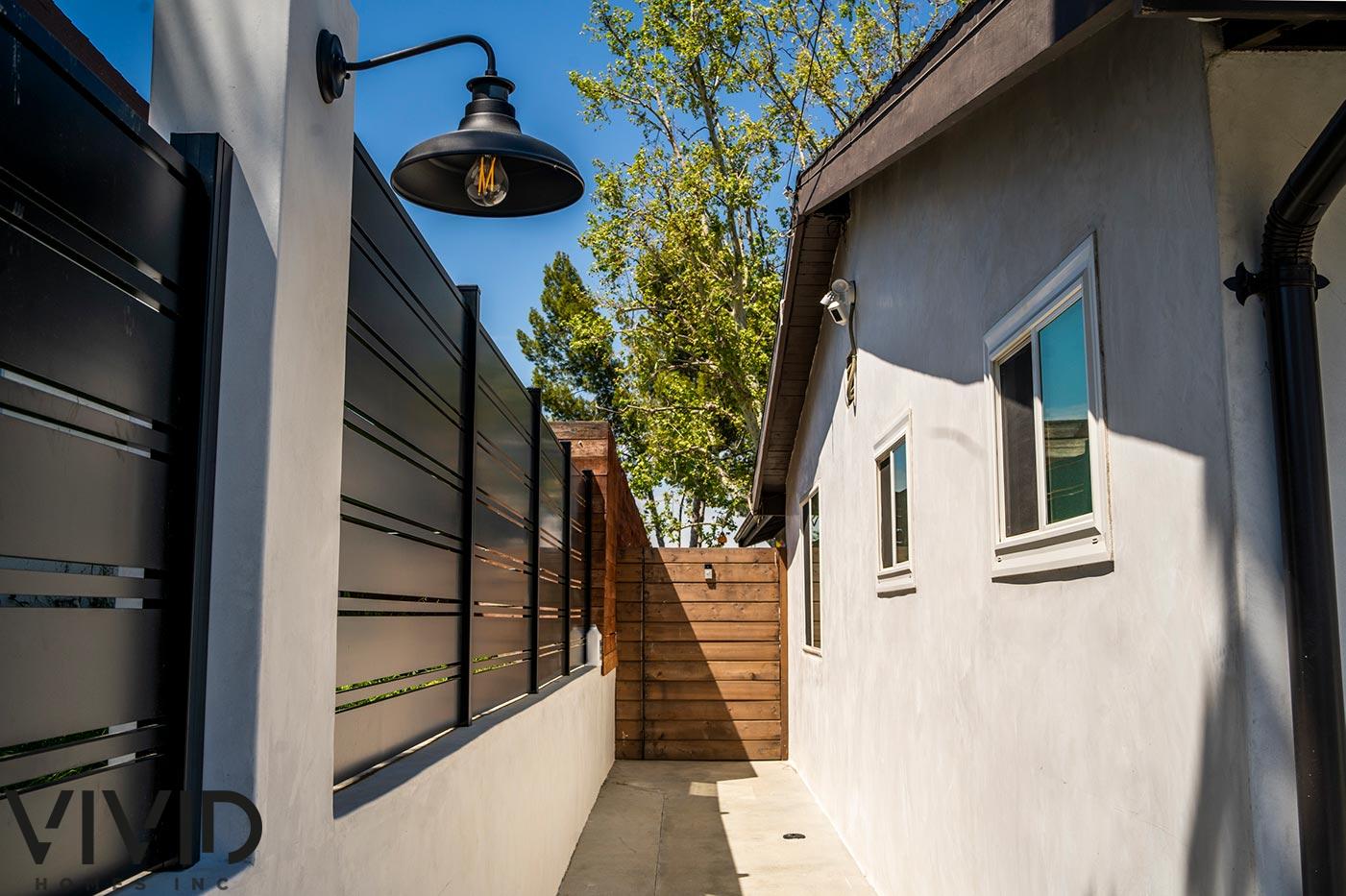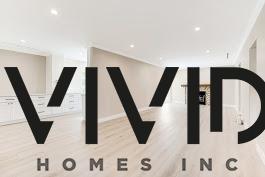
Accessory Dwelling Units (ADUs) have become increasingly popular in recent years as a practical and cost-effective solution for homeowners looking to maximize their property’s potential. ADUs are self-contained living spaces that are typically located on the same property as the main residence. They can be used for a variety of purposes, including rental income, accommodating extended family, or creating a dedicated workspace.
If you’re considering building an ADU, it’s important to understand the construction process and timeline. Here’s a step-by-step guide to ADU construction:
Planning and Design Phase:
The first step in ADU construction is the planning and design phase. This involves assessing your property’s feasibility for an ADU, considering local zoning regulations, and determining the optimal location and size for your unit. Working with an experienced architect or design professional can help you create a functional and aesthetically pleasing ADU that meets your specific needs.
During this phase, it’s important to consider factors such as the purpose of the ADU, the number of occupants it will accommodate, and any special requirements such as accessibility features. You’ll also need to determine your budget and timeline for the project.
Permits and Approvals:
Once the design is finalized, obtaining the necessary permits and approvals is the next crucial step. This typically involves submitting architectural plans, engineering reports, and other required documentation to the local building department. The timeline for permit approval can vary depending on your location and the complexity of the project. It’s important to factor in potential delays during this stage.
In addition to building permits, you may also need to obtain other approvals such as zoning variances or environmental permits. Working with a knowledgeable contractor or consultant can help ensure that you have all the necessary permits and approvals before starting construction.
Site Preparation:
Before construction can begin, the site needs to be prepared. This may involve clearing vegetation, leveling the ground, and ensuring proper drainage. Additionally, any necessary utility connections, such as water, electricity, and sewer, need to be considered and planned for.
Foundation and Framing:
The construction process starts with the foundation, which provides a solid base for your ADU. Depending on the design and local building codes, options may include a concrete slab, crawl space, or a full basement. Once the foundation is in place, framing begins, creating the structural framework of your ADU. This includes walls, floors, and the roof.
Plumbing, Electrical, and HVAC:
After the framing is complete, the next step is to install the plumbing, electrical, and HVAC systems. This includes roughing in the necessary pipes, wires, and ductwork. It’s important to hire licensed professionals for these installations to ensure compliance with building codes and safety standards.
Insulation and Drywall:
Insulation is crucial for maintaining energy efficiency and creating a comfortable living space. Once the insulation is installed, drywall is applied to create the interior walls and ceilings of your ADU. With the walls and ceilings in place, it’s time to focus on the interior finishes. This includes flooring, cabinetry, countertops, and fixtures.
Exterior Finishes:
The exterior finishes play a significant role in the curb appeal and durability of your ADU. This may involve siding, roofing, windows, doors, and landscaping. It’s important to choose materials that are appropriate for your climate and will withstand wear and tear over time.
Final Inspections and Approvals:
Once construction is complete, your ADU will undergo final inspections to ensure compliance with building codes and regulations before being occupied or rented out. This includes inspections of plumbing, electrical, HVAC, and other systems.
In conclusion, building an ADU can be a rewarding and profitable investment for homeowners. However, it’s important to work with experienced professionals and have a clear understanding of the construction process to ensure a smooth and successful project. If you have any further questions or need assistance with your ADU construction project, feel free to ask.
Contact Vivid Homes Inc. Los Angeles California for professional help
Tel: (818) 518-9800




Write a comment: